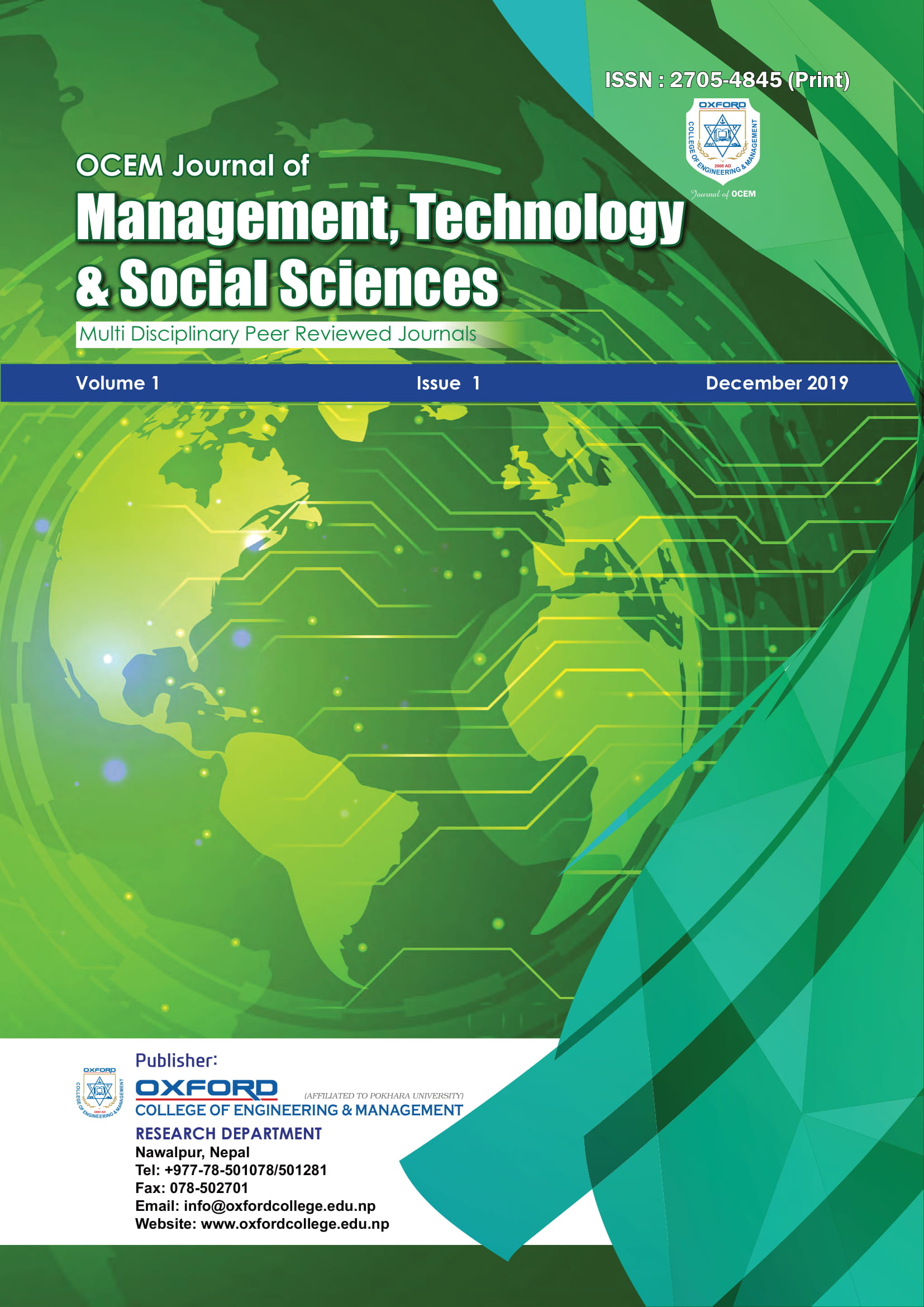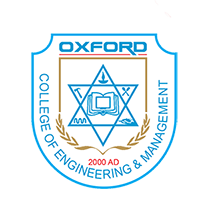Literature review of the most cited articles in selected 5 educational technology journals during 2013 to 2017 – Identifying the champions
Abstract
The aim of the current review study was to examine the characteristics of the most cited articles, derived from five selected journals in the field of educational technology between 2013 to 2017. The research method of this study was the review of the most cited published articles. Total forty one (n=41) articles were reviewed first and later only seven most cited articles were selected for the father analysis. The results indicate that the most cited published article from the five selected per journal and the years between 2013 to 2017 was entitled “The gamifying learning experiences” (Citation count = 801 times). The results further highlight that three articles were derived from the journal of Computer and Education. The results also show that the five most cited articles were published in 2013 and other two articles were published in 2014 and 2015. A mixed methods approach, review of the empirical articles and quantitative approach were used as research methods in the most cited five selected journals. The results confirm that the journal of Computer and Education was found the most dominating in the field of educational technology research in all years. The results also show that the year 2013 was the most dominating years for the published articles reviewed in this study. The primary implication of findings will be beneficial for the novice researchers, Master Degree students and academicians to know the current issues of the educational technology and its future improvement. The limitation of this study is the issue of generalization because of the limited number of reviewed most cited published articles in the current study.
Keywords:
Characteristics, educational technology, most cited articles, computer and educationDownloads
References
Abramovich, S., Schunn, C. and Higashi, R. (2013). Are badges useful in education? It depends upon the type of badge and expertise of learner. Educational Technology Research and Development, 61(2), 217-232.
Aksnes, D. (2003). Characteristics of most cited articles. Research Evaluation, 12(3), 159-170.
Arteaga Sánchez, R., Cortijo, V. and Javed, U. (2014). Students’ perceptions of Facebook for academic purposes. Computers & Education, 70, pp.138-149.
Buckley, P. and Doyle, E. (2017). Individualising gamification: An investigation of the impact of learning styles and personality traits on the efficacy of gamification using a prediction market. Computers & Education, 106(1), 43-55.
Creswell, J. (2017). Designing & Conducting Mixed Methods Research + The Mixed Methods Reader. [S.L.]: Sage Publications.
Dalby, D., & Swan, M. (2018). Using digital technology to enhance formative assessment in mathematics classrooms. British Journal of Educational Technology. doi: 10.1111/bjet.12606
Daldrup- Davies, R., Dean, D. and Ball, N. (2013). Flipping the classroom and instructional technology integration in a college-level information systems spreadsheet course. Educational Technology Research and Development, 61(4), pp.563-580.
De Witte, K., Haelermans, C., & Rogge, N. (2014). The effectiveness of a computer-assisted math learning program. Journal of Computer Assisted Learning, 31(4), 314-329.
Innovation in technologies for educational computing. (2016). IEEE Transactions on Learning Technologies, 9(1), 96-96.
Januszewski, A. (2001). Educational technology.
Englewood, Colo.: Libraries Unlimited. Lee, M., Wu, Y., & Tsai, C. (2009). Research Trends in Science Education from 2003 to 2007: A content analysis of publications in selected journals. International Journal of Science Education, 31(15), 1999-2020.
Margaryan, A., Bianco, M. and Littlejohn, A. (2015). Instructional quality of Massive Open Online Courses (MOOCs). Computers & Education, 80, pp.77-83.
Onifade, A. (2011). The third millennium secretary and information & communication technology: Nigerian experience. International Journal of Management & Information Systems (IJMIS), 13(2), 39.
Pathek, R., & Chaudhay, J. (2012). Educational technology. New Delhi: Dorling Kindersley. OCEM Journal of Management, Technology & Social Sciences 29
Picatoste, J., Pérez-Ortiz, L., & Ruesga-Benito, S. (2018). A new educational pattern in response to new technologies and sustainable development. Enlightening ICT skills for youth employability in the European Union. Telematics and Informatics, 35(4), 1031-1038.
Robins, A. (2015). The ongoing challenges of computer science education research. Computer Science Education, 25(2), 115-119.
Sun, G. and Shen, J. (2014). Facilitating social collaboration in mobile cloud-based learning: A teamwork as a service (TaaS) approach. IEEE Transactions on Learning Technologies, 7(3), pp.207-220.
Sung, H. and Hwang, G. (2013). A collaborative game-based learning approach to improving students’ learning performance in science courses. Computers & Education, 63, pp.43-51.
Tsai, C., & Lydia Wen, M. (2005). Research and trends in science education from 1998 to 2002: a content analysis of publication in selected journals. International Journal of Science Education, 27(1), 3- 14.
Tondeur, J., van Braak, J., Siddiq, F., & Scherer, R. (2016). Time for a new approach to prepare future teachers for educational technology use: Its meaning and measurement. Computers & Education, 94, 134-150.
Topîrceanu, A. (2017). Gamified learning: A role-playing approach to increase student in-class motivation. Procedia Computer Science, 112, pp.41-50.
Downloads
Published
How to Cite
Issue
Section
License

This work is licensed under a Creative Commons Attribution 4.0 International License.
© 2024 by The OCEM Journal of Management, Technology and Social Sciences is licensed under CC BY-NC 4.0






